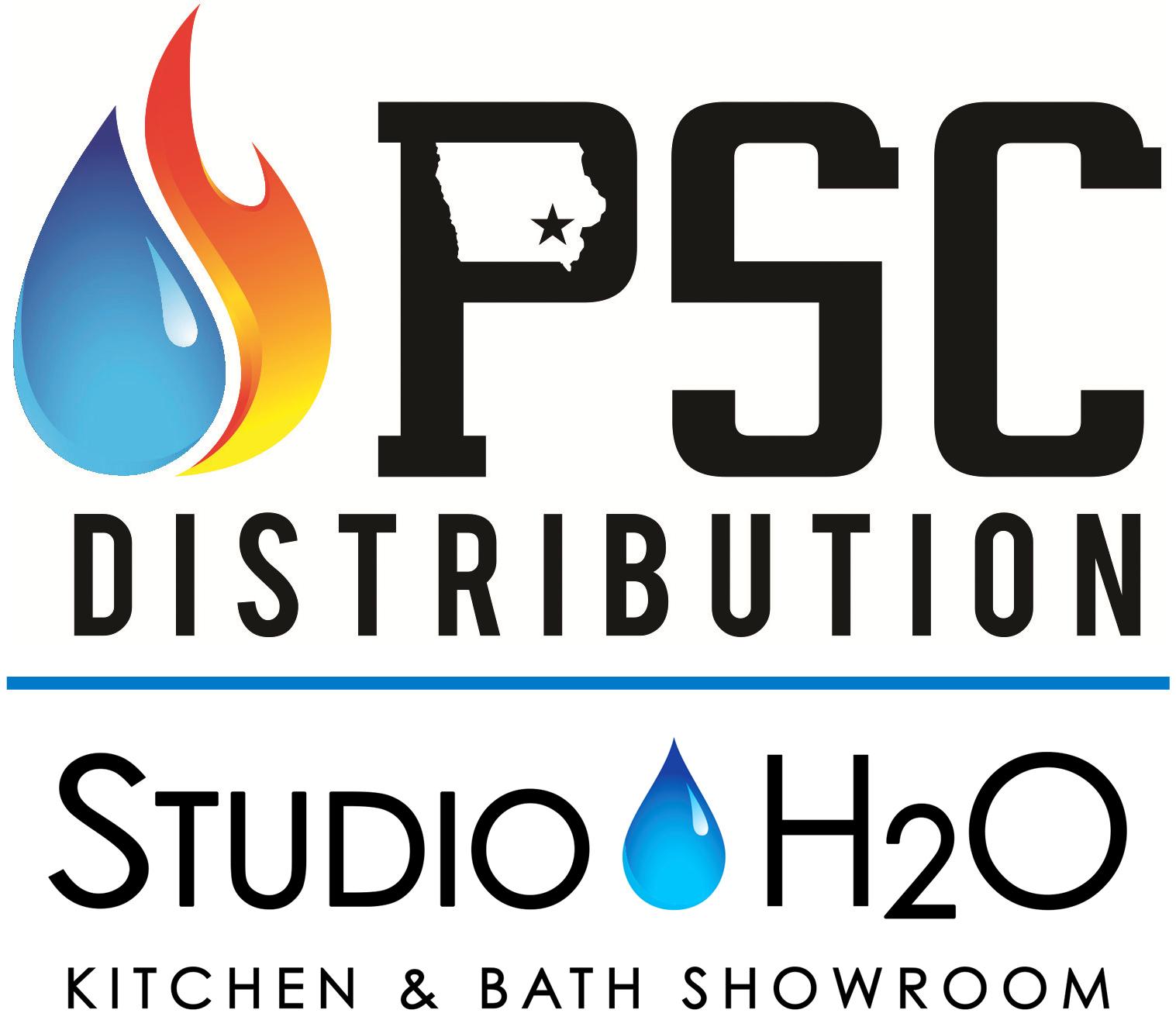Surge in Home Construction, Lumber Prices
The following analysis was recently published in NAHB’s bi-weekly e-newsletter Eye On the Economy by Chief Economist Robert Dietz:
Residential construction is leading the economy, as housing demand remains strong and supply is tight. Home builder confidence, as measured by the NAHB/Wells Fargo Housing Market Index (HMI), increased in August to a level of 78, which matches an all-time high in the 35-year history of the series. In particular, the August HMI surged on gains for buyer traffic, which continues to be strong because of low interest rates, a renewed focus on the importance and role of housing, and a shift in demand to the suburbs, exurbs and other lower-density communities.
Consistent with the rise in the HMI, single-family housing starts posted solid gains in July,  increasing 8 percent to a 940,000 annualized rate. Although still below the peak annual rate of single-family construction (1.034 million reached in February), the expansion for home building since April has left single-family construction up 1 percent on a year-to-date basis. Moreover, permits are up almost 6 percent as additional construction is expected. Multifamily building also rallied in July, although multifamily permits are down more than 4% as demand is shifting from rental to for-sale housing markets.
increasing 8 percent to a 940,000 annualized rate. Although still below the peak annual rate of single-family construction (1.034 million reached in February), the expansion for home building since April has left single-family construction up 1 percent on a year-to-date basis. Moreover, permits are up almost 6 percent as additional construction is expected. Multifamily building also rallied in July, although multifamily permits are down more than 4% as demand is shifting from rental to for-sale housing markets.
Despite the strength for the HMI, risks remain for the housing sector. The top supply-side challenge is a corresponding surge for lumber prices, which have now increased more than 110 percent since mid-April. NAHB estimates that these recent gains have boosted typical new single-family home prices and apartment prices by approximately $14,000 and $5,000, respectively. Without increased domestic production and reductions in Canadian tariffs on softwood lumber, these higher input prices will slow the market.
Another macro risk remains the health of the overall labor market. There was some concern that tightening of virus-related restrictions in the South would stall the economic recovery, but this proved to be untrue. Data from the Bureau of Labor Statistics found 1.8 million net jobs were created in July, reducing the unemployment rate to 10.2 percent. Home building employment expanded by 24,000 for the month, while non-residential construction jobs declined by 4,000 as the two parts of the construction industry move in opposite directions.
In additional good news, the pace of first-time jobless claims fell below 1 million for the first time since March for the week of Aug. 8. These indicators show that the economy is healing, provided additional lockdowns do not derail its progress. Job growth is positive for housing demand, particularly as risks increase regarding renter payment rates in the fall.
To subscribe to the Eye on the Economy e-newsletter, email communications@nahb.org.





